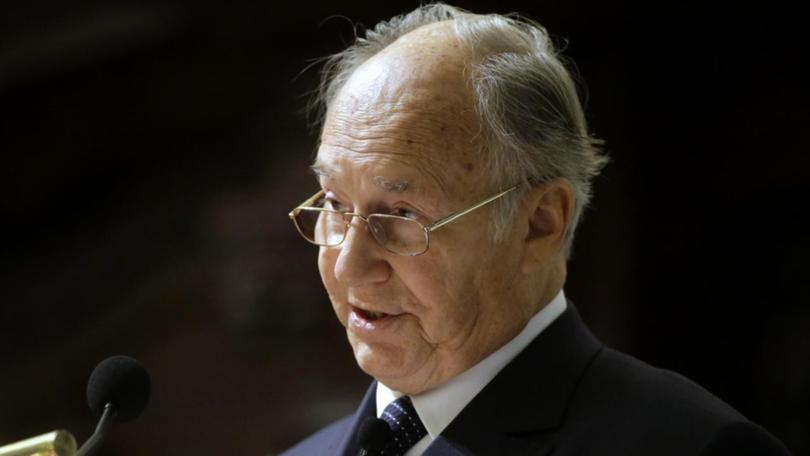The Aga Khan, leader of Ismaili Muslims, dies at age 88

The Aga Khan, who became the spiritual leader of the world’s millions of Ismaili Muslims at age 20 as a Harvard undergraduate and poured a material empire built on billions of dollars in tithes into building homes, hospitals and schools in developing countries, has died. He was 88.
His Aga Khan Foundation and the Ismaili religious community announced on their websites that His Highness Prince Karim Al-Hussaini, the Aga Khan IV and 49th hereditary imam of the Shia Ismaili Muslims, died on Tuesday in Lisbon surrounded by his family.
They said an announcement on his successor would come later.
Sign up to The Nightly's newsletters.
Get the first look at the digital newspaper, curated daily stories and breaking headlines delivered to your inbox.
By continuing you agree to our Terms and Privacy Policy.Considered by his followers to be a direct descendant of the Prophet Mohammed, His Highness Prince Karim Aga Khan IV was a student when his grandfather passed over his playboy father as his successor to lead the diaspora of Shia Ismaili Muslims, saying his followers should be led by a young man “who has been brought up in the midst of the new age.”
Over decades, the Aga Khan evolved into a business magnate and a philanthropist, moving between the spiritual and the worldly and mixing them with ease.
Treated as a head of state, the Aga Khan was given the title of “His Highness” by Queen Elizabeth in July 1957, two weeks after his grandfather the Aga Khan III unexpectedly made him heir to the family’s 1300-year dynasty as leader of the Ismaili Muslim sect.
He became the Aga Khan IV on October 19, 1957, in Dar es Salaam, Tanzania, on the spot where his grandfather once had his weight equalled in diamonds in gifts from his followers.
He had left Harvard to be at his ailing grandfather’s side, and returned to school 18 months later with an entourage and a deep sense of responsibility.
“I was an undergraduate who knew what his work for the rest of his life was going to be,” he said in a 2012 interview with Vanity Fair magazine. “I don’t think anyone in my situation would have been prepared.”
A defender of Islamic culture and values, he was widely regarded as a builder of bridges between Muslim societies and the West despite - or perhaps because of - his reticence to become involved in politics.
The Aga Khan Development Network, his main philanthropic organisation, dealt mainly with issues of health care, housing, education and rural economic development.
His eye for building and design led him to establish an architecture prize, and programs for Islamic Architecture at MIT and Harvard. He restored ancient Islamic structures throughout the world.
The extent of the Aga Khan’s financial empire is hard to measure. Some reports estimated his personal wealth to be in the billions.
The Ismailis - a sect originally centred in India but which expanded to large communities in east Africa, Asia and the Middle East - consider it a duty to tithe up to 10 per cent of their income to him as steward.
“We have no notion of the accumulation of wealth being evil,” he told Vanity Fair in 2012.
“The Islamic ethic is that if God has given you the capacity or good fortune to be a privileged individual in society, you have a moral responsibility to society.”
He is survived by three sons and a daughter.
